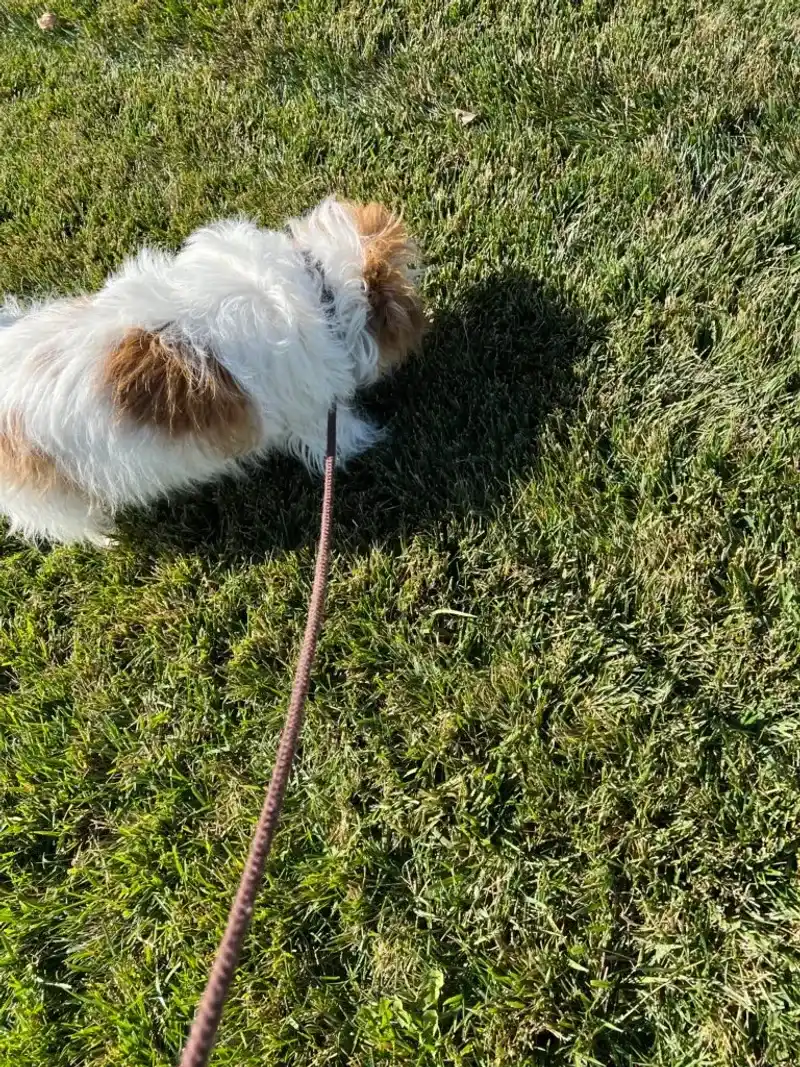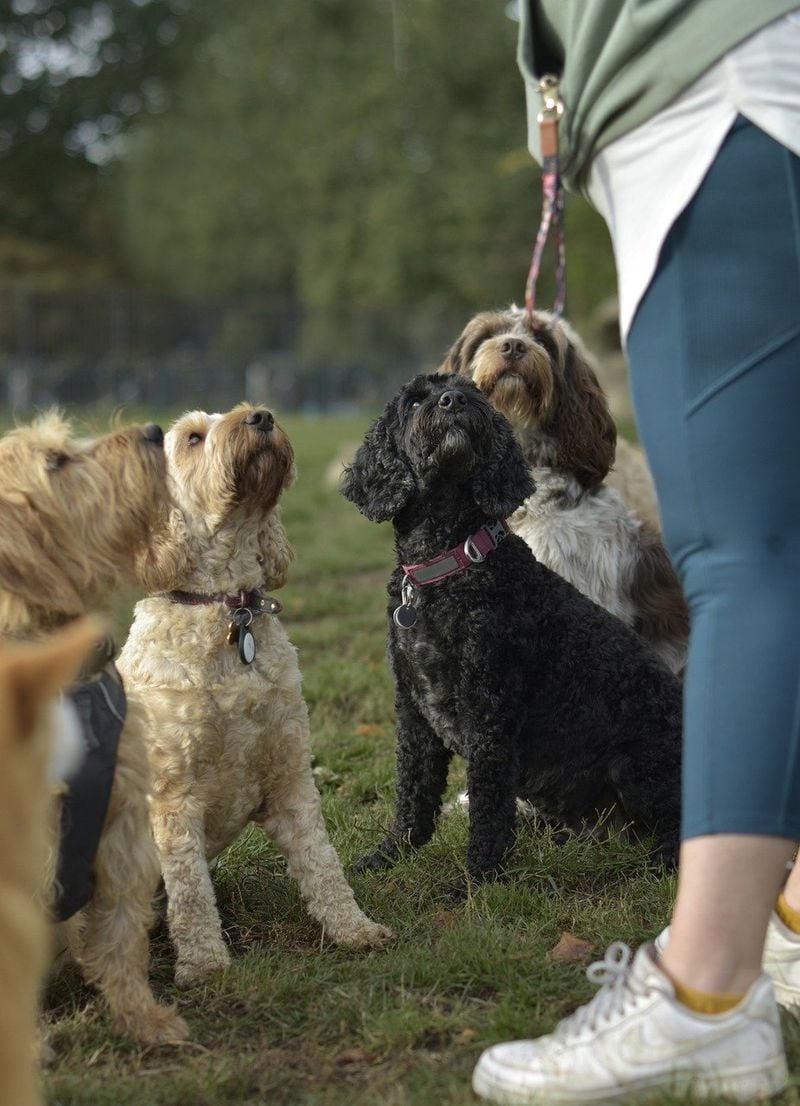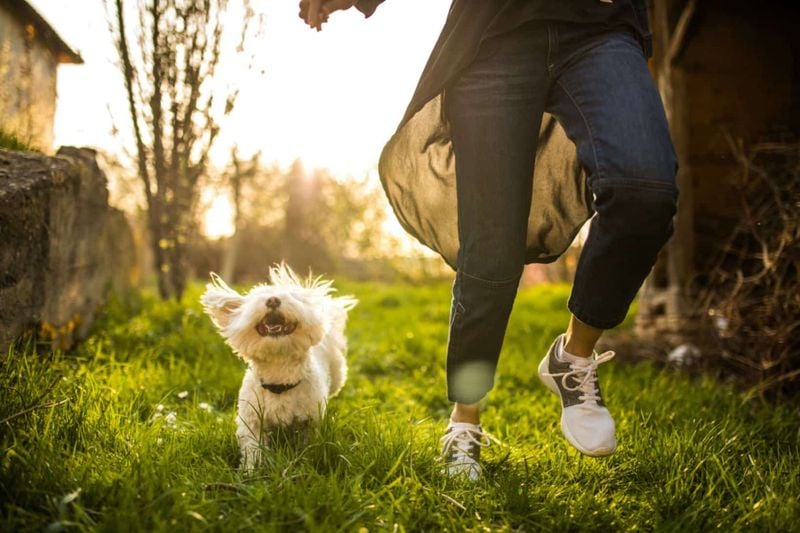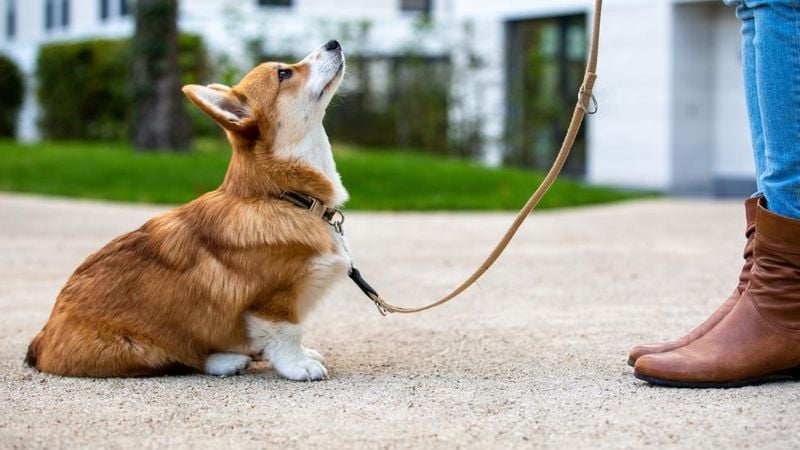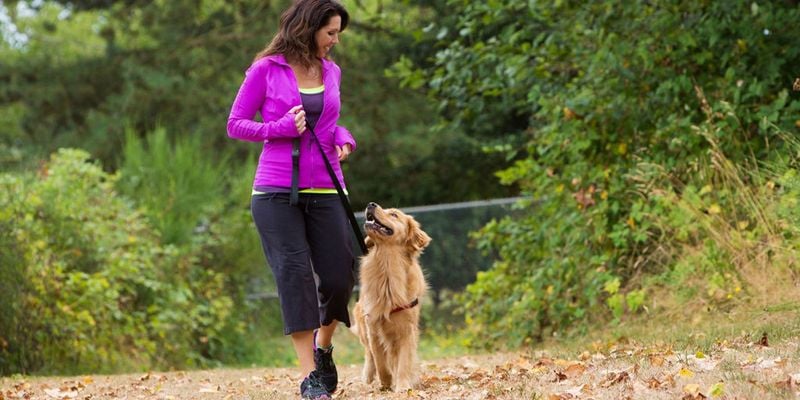12 Real Benefits of Walking Your Dog Every Day (Backed by Science)
Walking your dog might seem like a simple task, but it’s one of the most powerful ways to boost your dog’s health, happiness, and overall behavior.
And it turns out—your pup isn’t the only one who benefits from the daily stroll. This shared routine can transform your relationship, relieve stress, and keep both of you physically fit.
Whether you’re navigating busy city streets or wandering wooded trails, every walk builds trust and strengthens your bond. Yet many dog owners underestimate just how crucial this habit really is.
It’s not just about potty breaks—it’s about emotional wellness, mental stimulation, and setting the stage for a calmer, better-behaved companion. Here are 12 real, science-backed reasons why walking your dog every day isn’t optional—it’s essential.
And after reading them, you might just look forward to your next walk as much as your dog does.
1. Improves Physical Health (for Both of You)
A daily walk isn’t just good for your dog—it’s a wellness win for you, too. Regular walking strengthens your dog’s muscles, keeps their joints limber, and helps prevent obesity.
For humans, it reduces the risk of heart disease, supports weight management, and even lowers blood pressure.
This shared routine promotes a healthier lifestyle for both of you without needing a gym membership. You get to enjoy fresh air and natural light while your dog burns calories and stays agile.
Even older dogs benefit from light daily walks, which help maintain mobility and improve circulation. It’s a habit that supports long-term health on both ends of the leash—and one that often leads to a longer, more active life together.
2. Reduces Destructive Behavior
Many behavioral problems—like chewing, digging, or barking—are rooted in excess energy. A bored dog left to their own devices can easily find trouble. But a well-walked dog is less likely to channel that energy into destruction.
Walking gives your dog a meaningful activity and an outlet for stress. It keeps their mind engaged and body tired in a healthy way, reducing the urge to tear up the house.
When a dog gets enough stimulation outside, they’re more content and calm inside. It’s one of the simplest ways to prevent household damage and preserve your shoes, furniture, and sanity.
3. Enhances Mental Stimulation
Every walk is a sensory adventure for your dog. The smells, sights, and sounds they encounter help engage their brain and satisfy curiosity.
Sniffing a fire hydrant might seem dull to you, but to your dog, it’s a fascinating update from the neighborhood “news feed.”
Mental stimulation is just as important as physical exercise for overall well-being. Dogs that use their brains stay sharper, calmer, and more balanced.
Walks offer endless learning opportunities, from new routes and encounters to different terrains. Even short strolls can challenge their mind, keep them mentally agile, and fight off boredom or depression.
4. Strengthens the Human-Dog Bond
Walking your dog isn’t just about physical activity—it’s quality time. It’s one of the few times during the day when your dog has your full attention, and that shared experience builds trust.
Over time, your dog learns to look to you for direction, comfort, and safety.
Consistent walks allow you to understand each other’s rhythms and personalities better. You’ll start noticing subtle cues in their body language—and they’ll do the same with you.
This routine reinforces your role as their reliable leader. With every step, your bond deepens, making training easier and your relationship stronger.
5. Encourages Better Sleep
A tired dog is a sleepy dog, and that’s a win for everyone. Just like people, dogs sleep better when they’ve had a full day, both mentally and physically. Walking burns energy and helps reset their internal clock, especially if done at consistent times.
Without enough exercise, dogs may stay restless into the night—pacing, whining, or seeking your attention. Regular walks reduce this nighttime restlessness and make it easier for them to settle down.
You’ll notice your dog falls asleep faster, sleeps more soundly, and wakes up calmer. And with fewer interruptions during the night, you’ll likely sleep better too.
6. Boosts Socialization Skills
Walks expose your dog to people, animals, and environments outside their usual comfort zone.
These experiences build confidence and teach them how to behave in the world. Regular exposure to strangers, kids, cyclists, or other dogs helps normalize these interactions.
It’s especially valuable for puppies, rescues, or naturally timid dogs who need gentle encouragement. They learn that not everything new is a threat.
With repeated, positive experiences, they become more adaptable, less reactive, and far more relaxed in social settings. That makes visits to the vet, groomer, or dog park smoother for everyone.
7. Improves Digestive Health
Believe it or not, walking helps your dog stay regular. The motion stimulates their digestive system, making it easier for them to eliminate waste. That’s why many dogs develop a predictable potty schedule based on walk times.
Monitoring their bathroom habits during walks can also alert you to health issues early. Changes in stool or urination patterns are easier to spot when you’re out with them regularly.
It’s a simple but effective way to support your dog’s gastrointestinal health—and it reduces the chances of indoor accidents, too.
8. Provides Routine and Structure
Dogs crave routine—it gives them a sense of stability in a world they don’t fully understand. A daily walk adds predictability to their day, which lowers stress and anxiety. They know when it’s coming and what to expect, which brings comfort.
Consistent routines are especially helpful for nervous, reactive, or recently adopted dogs. It builds their confidence and helps them settle into a new home.
Plus, routines benefit humans too. Having a fixed walk time keeps you accountable and adds structure to your own day, creating healthy habits for both ends of the leash.
9. Offers a Safe Outlet for Natural Instincts
Dogs are hardwired to roam, sniff, and explore—it’s how their wild ancestors survived. A walk taps into those instincts in a safe, controlled environment. It lets them fulfill their biological need to move and investigate without wandering off.
Suppressing those natural urges can lead to frustration, anxiety, or hyperactivity. Giving them an appropriate outlet prevents behavioral issues from building up.
Even a leisurely sniff walk can be incredibly satisfying for your dog. It doesn’t always have to be a brisk power walk—sometimes, the joy is in the journey, not the pace.
10. Reduces Hyperactivity at Home
If your dog is bouncing off the walls, chewing furniture, or barking at every sound, they probably need more exercise. A daily walk drains pent-up energy, helping your dog stay calm and manageable indoors.
Mental and physical stimulation from walking creates a more balanced dog overall. It reduces the likelihood of those chaotic “zoomies” or barking fits triggered by boredom.
Walks teach dogs how to transition from excitement to relaxation. They learn how to settle after stimulation, which is an essential life skill—especially for high-energy breeds.
11. Improves Obedience and Focus
Every walk is an opportunity to reinforce training. Practicing commands like “heel,” “sit,” or “leave it” in real-world situations boosts your dog’s responsiveness and discipline.
They learn to focus on you despite distractions like squirrels, people, or other dogs.
Walking reinforces your role as the leader. With consistency, your dog begins to check in with you more, wait for cues, and follow your lead.
This daily practice enhances your dog’s manners and reduces leash-pulling, lunging, or disobedience. It’s one of the best ways to blend physical exercise with practical training.
12. Lowers Stress and Anxiety (for Both)
Dogs pick up on your emotions—and you pick up on theirs. Walks provide a shared escape from the noise, screens, and stress of everyday life. The rhythm of walking, the fresh air, and natural surroundings calm your nervous system.
The same goes for your dog. A daily walk helps release nervous energy, reduce anxiety, and prevent destructive coping behaviors.
Just 20–30 minutes outside together can improve mood, lower blood pressure, and increase feelings of connection. It’s therapy on a leash—and neither of you need to say a word.



